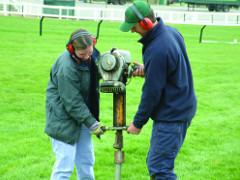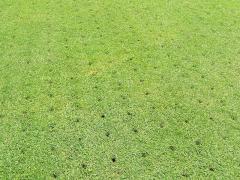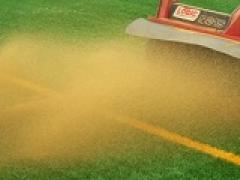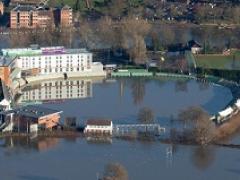
This project was carried out in order to understand the size and profile of our industry. It concludes that the industry:
Does not currently attract females, less than half of 1%.
Is largely staffed by older males, typically aged 40-49 years, who have been in post for several years, and who are largely satisfied in their job
Has very limited career progression or movement
Is poorly paid, salaries are low in comparison to other industries and the average wage for the UK
Does not rank highly with most employers. Less than half of those surveyed felt that their employer has a very good understanding of the skills required by their job.
Some employers we spoke to were similarly dismissive of the profession
Does not get a priority in terms of training from employers. 40% of those surveyed feel that they would benefit from additional training and 40% of those surveyed had not had any training during the past 12 months, a cause for concern given the nature of the industry and rapidly developing technology and regulation
Does not necessarily appeal to younger people largely due to salary and potential training and progression issues. One third of those surveyed, most notably younger people, were less than satisfied with their current position and employers noted that they could not recruit young people with the right qualifications
Does not appeal as a career choice at present. Of those surveyed the majority move into the industry via „ndirect‟entry routes (e.g. the influence of family/friends, by accident, love of outdoors etc.)
Only attracts a limited number of professionals who make a definite career choice, currently just under 10%.



